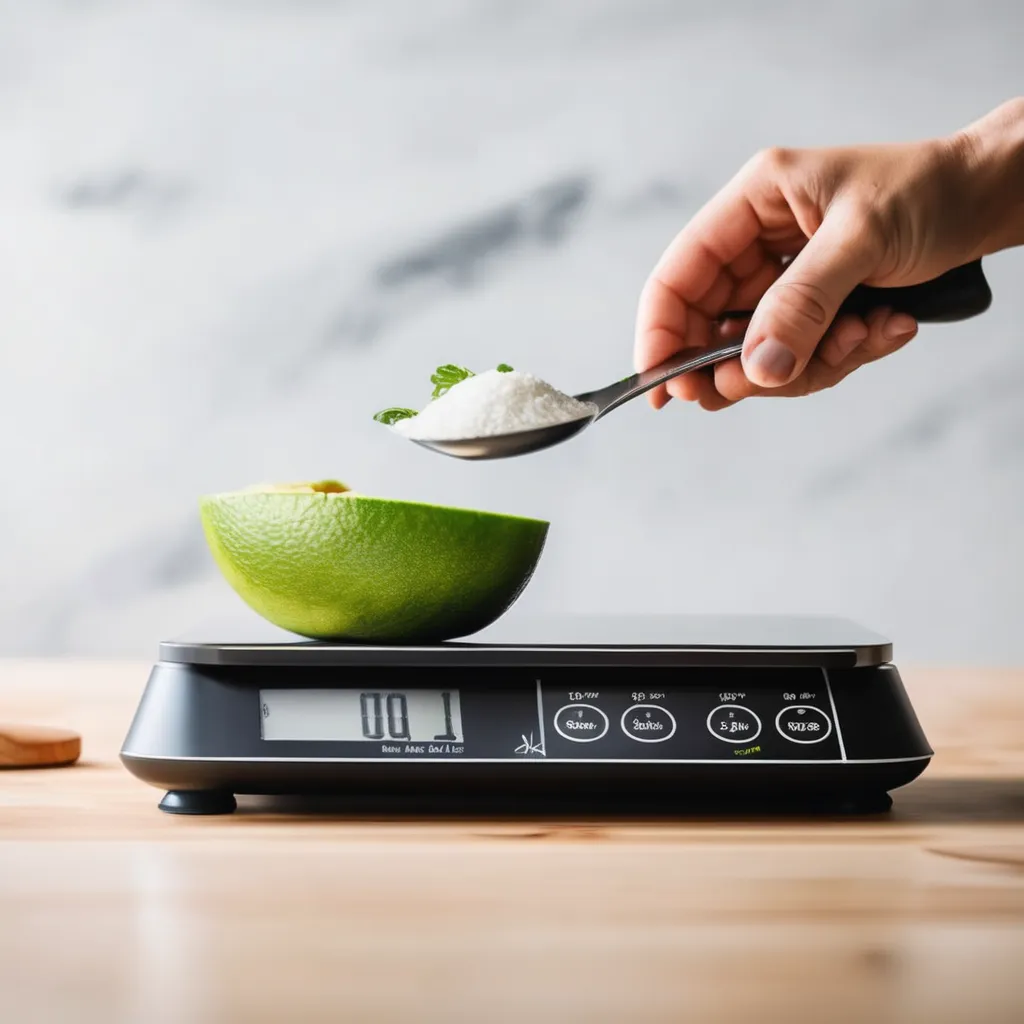The Essential Kitchen Tool: Why Every Home Cook Needs a Kitchen Scale
Precision is the cornerstone of great cooking and baking. Whether you’re a seasoned chef or a home cook, accurate measurements are crucial for perfect results. A kitchen scale is an indispensable tool that helps you measure ingredients with precision, ensuring your recipes turn out exactly as intended every time.
What is a Kitchen Scale?
A kitchen scale is a device used to measure the weight of ingredients. It typically features a digital or analog display that shows the weight of the items placed on the scale. Kitchen scales come in various designs, from compact and portable models to larger, more advanced versions with multiple features.
Why You Should Use a Kitchen Scale
- Accuracy in Baking: Baking requires precise measurements of ingredients. Even small deviations can affect the outcome of your recipe. A kitchen scale ensures that you measure flour, sugar, and other ingredients accurately.
- Consistency: With a kitchen scale, you can reproduce your favorite recipes with consistent results every time. It eliminates the guesswork and helps you achieve the same taste and texture each time you cook or bake.
- Portion Control: If you’re following a specific diet or trying to manage portion sizes, a kitchen scale can help you measure ingredients accurately to meet your nutritional goals.
- Easy Conversion: Many kitchen scales allow you to switch between different units of measurement (grams, ounces, pounds), making it easier to follow recipes from different sources.
How to Use a Kitchen Scale
- Place the Scale on a Flat Surface: Ensure the scale is on a stable, level surface for accurate measurements.
- Turn on the Scale: If it’s a digital scale, press the power button to turn it on. Some models may also have a tare function.
- Select the Measurement Unit: Choose the unit of measurement you prefer (grams, ounces, etc.).
- Weigh Ingredients: Place the ingredient on the scale. If using a bowl or container, use the tare function to zero out the weight of the container before adding your ingredient.
- Read the Measurement: Check the display to see the exact weight of the ingredient.
- Clean and Store: After use, clean the scale according to the manufacturer’s instructions and store it in a dry place.
Recipes to Try with Your Kitchen Scale
- Perfectly Proportioned Bread: Measure flour, water, and yeast precisely to create bakery-quality bread at home.
- Accurate Cookie Dough: Use the scale to ensure each cookie has the same amount of dough for even baking.
- Precise Portioning for Meals: Weigh ingredients for healthy meal prep to ensure balanced portions.
Tips for Using Your Kitchen Scale
- Calibrate Regularly: Ensure your scale is calibrated for accurate measurements. Follow the manufacturer’s instructions for calibration.
- Avoid Overloading: Do not exceed the maximum weight limit of the scale to avoid damage and ensure accurate readings.
- Use the Tare Function: Utilize the tare function to subtract the weight of containers, ensuring you only measure the ingredient.
Conclusion
A kitchen scale is a must-have tool for anyone serious about cooking and baking. It provides the accuracy and consistency needed to achieve perfect results and makes following recipes a breeze. Investing in a quality kitchen scale will not only enhance your cooking skills but also elevate your culinary creations to new heights.

